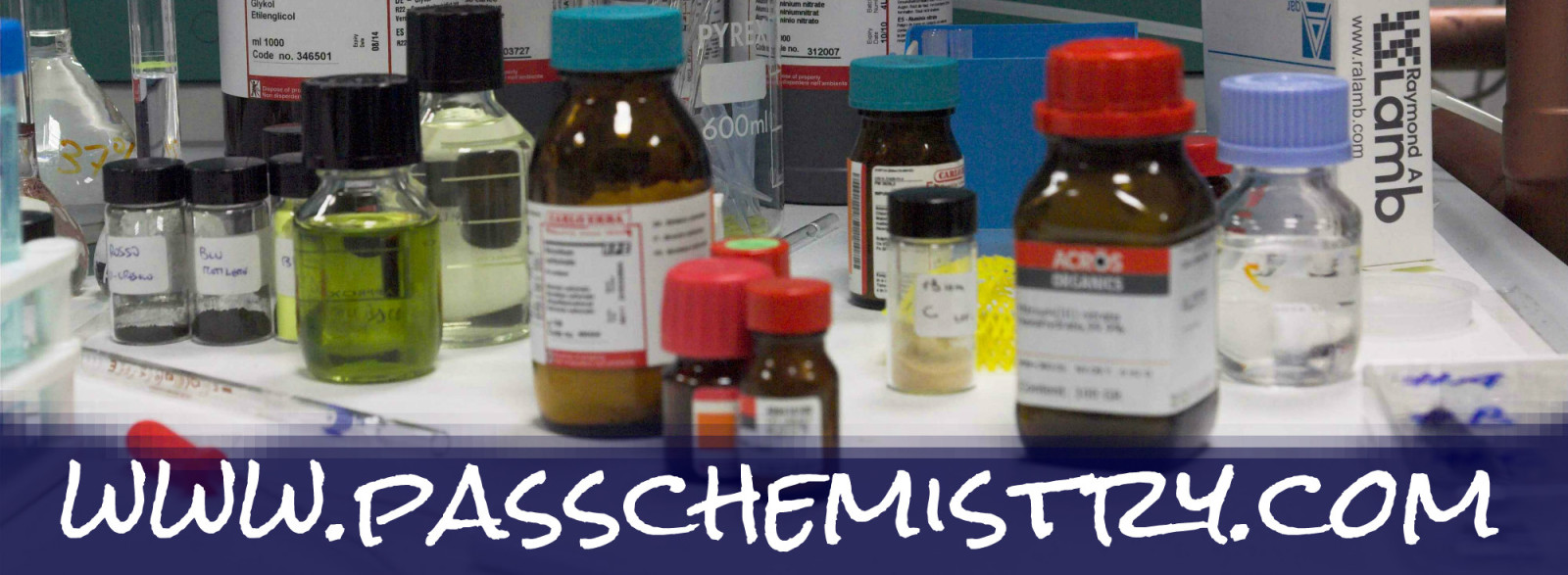Have you ever wondered how scientists carry out their research? Research is sometimes a very long and time consuming process, and scientists follow the scientific method which provides them with a guideline for planning and performing their experiments. Watch this presentation to learn more about:
- The steps of the scientific method
- The difference between a law and a theory
- Identifying independent variables, dependent variables, and controls used in an experiment
Scientific Method Notes: (PDF for printing) Scientific Method
Scientific Method Practice Problems: After watching the Scientific Method presentation you should be able to answer the following questions. (If you would like to print the practice problems as a worksheet you may click here: Scientific Method Practice Problems)
- The following experiment is out of order. First number the steps in the correct order. Then identify each step in the scientific method.
| Poppy believes that if she cuts back on the amount of fertilizer that she uses on her plants, then the plants will produce more flowers. | ||
| Poppy is worried that her flowers are not as pretty as her neighbors. She starts to wonder if she is fertilizing them too much. | ||
| Poppy examines the results of her experiment. The group that had no fertilizer had an average of 25 flowers. The group with just a little bit of fertilizer had an average of 67 flowers. | ||
| Poppy decides that she will grow three groups of plants. One group of plants will be given no fertilizer. One group will get the same amount of fertilizer that she has been putting on the plants. One group will get just a little bit of fertilizer. All the groups will receive the same amount of water and sunlight and will be kept at the same temperature. Poppy will collect data over the next four weeks by counting the number of flowers on the plants each day. | ||
| Poppy reads some gardening books and finds out that fertilizer contains nitrogen. She reads that too much nitrogen can prevent plants from forming flowers. |
2. Robin has a backyard bird feeder. She would like to attract more cardinals to the bird feeder. Her local store sells three types of bird seed: sunflower seed, millet, and corn. Robin wonders which type of seed cardinals are most attracted to. She thinks that sunflower seeds will attract the most cardinals. She decides to carry out an experiment to see if she is right.
a. Write a hypothesis for her experiment. (Remember: a hypothesis is often written as an If…, then… statement)
b. What is the independent variable in her experiment?
c. What controls should Robin put in place for her experiment?
3. Read the following research scenario, then answer the questions that follow.
The Clear Skin Company is developing a new acne soap that they feel will reduce the number of pimples that teenagers experience. The company wants to investigate whether using the soap twice a day will be effective at reducing the number of pimples. The company devises a study and recruits 200 teenage volunteers who all have a history of moderate to severe acne. The volunteers are divided into two groups. Each group is asked to wash their faces twice a day (once in the morning and once in the evening) using the soap provided for the study. The participants are asked not to use any other products on their faces during the course of the study. They are instructed not to use other soap, creams, or wear make-up during the six weeks that the study will be conducted. They are also asked not to take any other acne medicine, such as antibiotics, during the study. Group A contains 100 volunteers who are given soap containing the acne fighting ingredient. Group B contains 100 volunteers who also receive the same soap but without the acne fighting ingredients. The volunteers will report once per week for the six weeks of the study to see if their skin has improved. The researcher will record the number of pimples that each volunteer has for every week that the study is conducted.
a. Write a hypothesis for this experiment.
b. What is the independent variable?
c. What is the dependent variable?
d. Which group is the control group?
e. What are the controls in this experiment?
Click here for answers to the Scientific Method Practice Problems.
Click here for more practice identifying independent variables, dependent variables, and controls.
